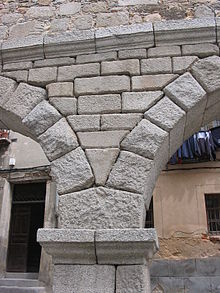Isa 52:13-15
Isa 53
Phil 2:5-11
Last night my boys requested the Adam and Eve story at bedtime. When reading to them one has to be ready for a constant stream of interruptions in the form of questions, and attempt to bat off the boundless curiosity with one-liners, beaming approval at their healthy curiosity while mounting irritation just under the skin has to be carefully masked. It's quite an art. Full engagement of each and every question has proved very unproductive, as each answer spawns its own set of questions leading the quiet-time to rabbit-hole country. It has to be definitive one-liners. Failing to do so would extend evening quiet-time to way beyond what is reasonable. It is a bit of a challenge, I must admit. The three to seven-year old minds do not yet possess the conceptual, mental or lingual skills to appreciate the complexity elicited by their flagrant questioning. I want to be honest with my answers, and offer explanations worthy of their precious curiosity, but without the language necessary to convey the concepts in question I invariably end up uhm-ing and aah-ing. Anyway, last night my five-year old got stuck on why God put the infamous tree in the garden if He knew beforehand that Adam and Eve would be eating from it. He was insistent. The first two or three one-liners were brushed off with disdain. They failed to satisfy. The bed-time story had to stop. I had some explaining to do. It was becoming a long night.
As Easter draws nearer the daily Bible readings start to get more gritty. One would like to think that Mel Gibson's The Passion of the Christ is a gross exaggeration, an unjustified, gratuitous celebration of bloody violence like a wannabe Tarantino movie. But reading Isaiah 53 dispels such vague hopes. It was first degree torture, and it's not nice to see. Years ago Bruce Wilkerson spoke at our Easter Service, and asked the question; "Who killed Jesus?" The answer? Father God.
But it was the Lord's good plan to crush him
and cause him grief.
Isa 53:10
This is quite something to come to terms with. I can appreciate the bigger picture and all, but in unguarded moments I also toss some careless questions around. God is almighty, and He paid the ultimate price! The way to God is open. He can cause those who do not seek or want Him to find Him - He's done it before (Isa 65:1). In the meantime, the collateral damage is beyond comprehension. Stumped, I shake my head and walk away from my wonderings. "What was He thinking?" It is over two thousand years since the epic event we remember each Easter, and we still have to guard our children in the shopping malls from opportunistic traffickers. Is society really going to become good one day? Or are the redeemed ones going to be fished out of an ever increasing mucky sea of depravity? Should we stop feigning shock at what happens around us, or should we fight to stem the moral mudslide? What did Jesus die for? What should we be fighting for in this war-not-against-flesh-and-blood? It messes with my head every year to be reminded of the price that was paid, the opportunity, and to see the response of humanity. It's that time of the year again. Apparently I do not yet possess the conceptual, mental or lingual skills to appreciate the complexity elicited by my flagrant questioning.

